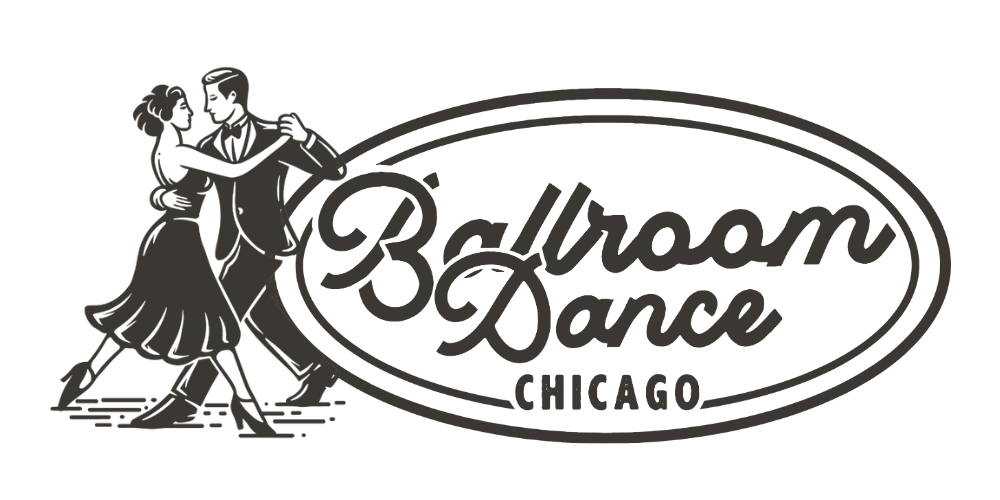Vienna Ball Season: A Timeless Tradition (Copy)
You slip into your finest attire and set off for a night at one of Vienna's most esteemed historical palaces. Upon arrival, after presenting your ticket, a welcoming attendant gestures you towards the entrance. Suddenly, you find yourself amidst a sea of elegantly dressed guests, as if transported back to a ball of the Habsburg dynasty.
Yet, this isn't a scene from the past. You are indeed at the imperial palace of the Habsburgs, immersed in the splendor of a Viennese ball, albeit in the 21st century. The surreal atmosphere might have you pinching yourself.
Inviting new clients to join us for a Viennese ball always elicits disbelief: "Really!? We can actually attend a ball in Vienna?"
Yes, it's as straightforward as it sounds.
Ball Season in Vienna is a quintessential part of the city's cultural identity, steeped in history and tradition. Each year, from late November to early March, the city transforms into a hub of glamor and sophistication, hosting over 450 balls that draw visitors from around the world. These events offer a glimpse into Vienna’s rich heritage, where music, dance, and social customs come together in a spectacular celebration of elegance.
Vienna’s Ball Season dates back to the Habsburg era, when grand court balls were held at the imperial palace. Over time, the tradition extended beyond the aristocracy, evolving into public events that preserved the formal customs and opulence of those early courtly gatherings. Today, the season remains a symbol of Viennese culture, combining the timeless appeal of classical music, particularly the waltz, with modern social festivities.
What Happens at a Viennese Ball?
Attending a ball in Vienna is a unique experience, defined by specific customs and details that set it apart from similar events elsewhere:
Opening Ceremony: Each ball features a formal opening ceremony, usually performed by young debutantes and their partners. These "debs," dressed in white gowns and black tuxedos, perform a choreographed sequence of waltzes and polonaises, marking their official entry into society.
Live Music and Dancing: The music is central to the ball's atmosphere, often provided by orchestras playing a mixture of waltzes, polkas, and more contemporary tunes. While the Viennese waltz is the hallmark, you will also find dances like the polka, quadrille, and foxtrot throughout the evening.
Dress Code: Strict dress codes apply, with men typically required to wear tuxedos or tailcoats, and women in full-length evening gowns. The adherence to formal attire adds to the sense of occasion and brings an air of timelessness to each ball.
Midnight Quadrille: Many balls feature a midnight quadrille, where guests are invited to join in a lively, structured dance. This interactive experience adds a bit of playful chaos to the otherwise refined ambiance.
Iconic Balls of the Season
Some of the most renowned balls take place during the height of the season in January and February, each with its own distinct character:
The Vienna Opera Ball: Held at the Vienna State Opera, this ball is the pinnacle of Vienna's Ball Season. It attracts high society, celebrities, and international guests who come to dance in one of the world's most famous opera houses.
The Kaffeesiederball: Known as the Coffeehouse Owners’ Ball, it takes place in the stunning Hofburg Palace. It reflects the city's café culture, with an ambiance that emphasizes hospitality and social connection. This ball features a delightful mix of tradition, elegance, and entertainment.
The Rudolfina Redoute: This masquerade ball is one of the last in the season, with a charming tradition of wearing masks until midnight. It's a lively event that often features a mix of classical and modern music.
The Allure of Attending a Ball
For many, attending a Viennese ball is more than just a night of dancing; it’s an immersive cultural experience. The city's historic venues, such as the Hofburg Palace, Vienna State Opera, and Kursalon, provide an atmosphere of regal splendor. The ornate halls, chandeliers, and gilded décor create an enchanting backdrop, making guests feel as though they have stepped back in time to an era of emperors and empresses.
Beyond the dancing, balls often include exquisite dining options, fine wines, and performances by top musicians and opera singers, enhancing the evening's elegance. The combination of music, dance, fashion, and historic ambiance creates a sense of magic that keeps people coming back year after year.
While tradition remains at the heart of Vienna's Ball Season, there have been modern influences over the years. Some balls now incorporate contemporary music, themed rooms, or charity elements to appeal to a broader audience. Yet, the essence of the season remains intact—a celebration of Viennese culture, where the past and present blend seamlessly.
